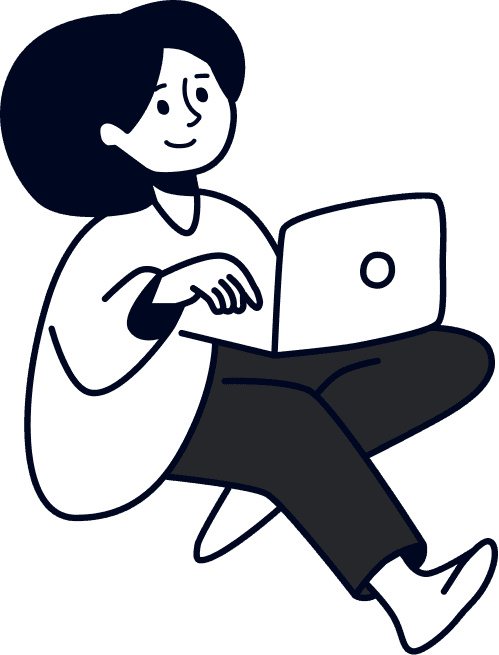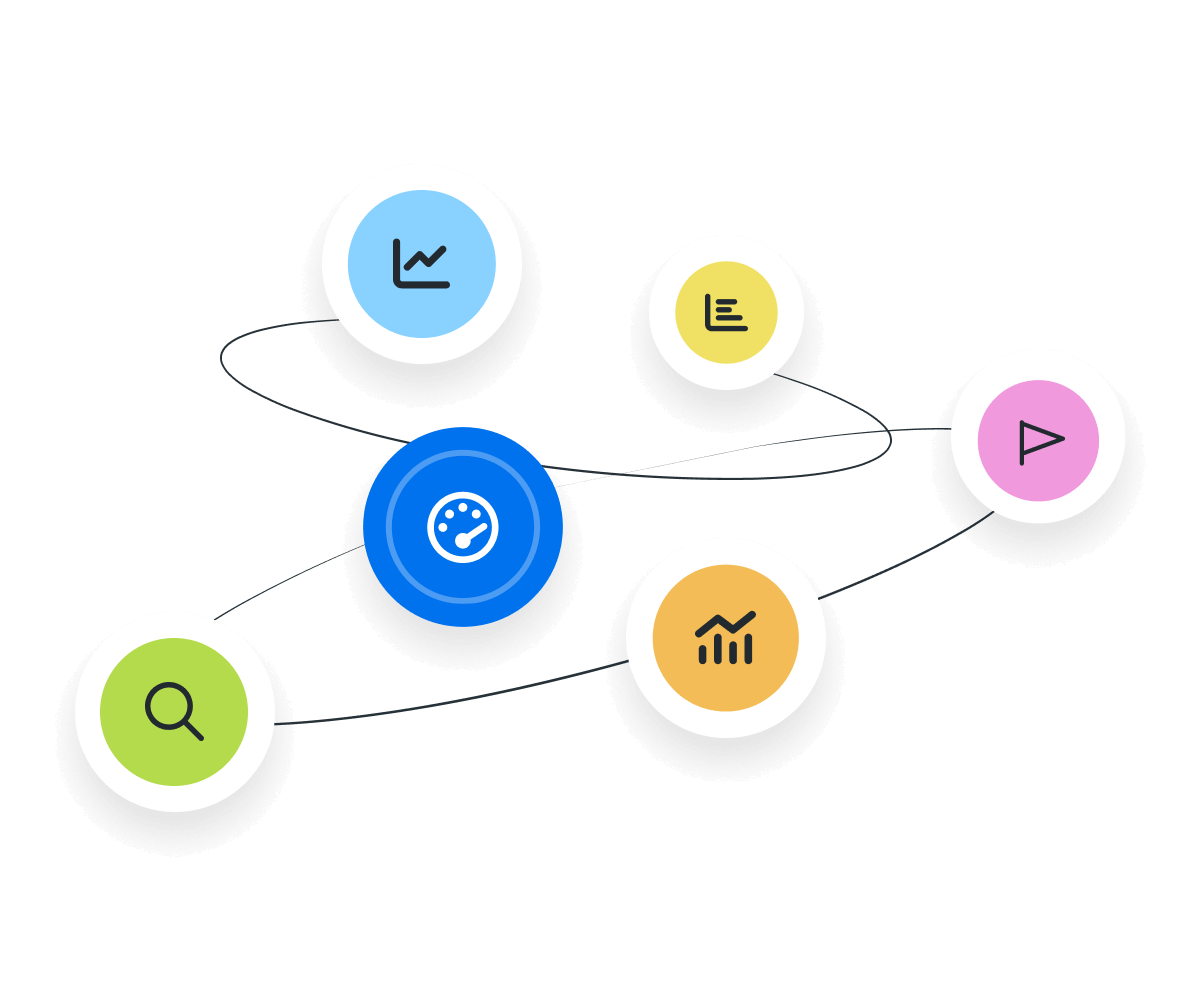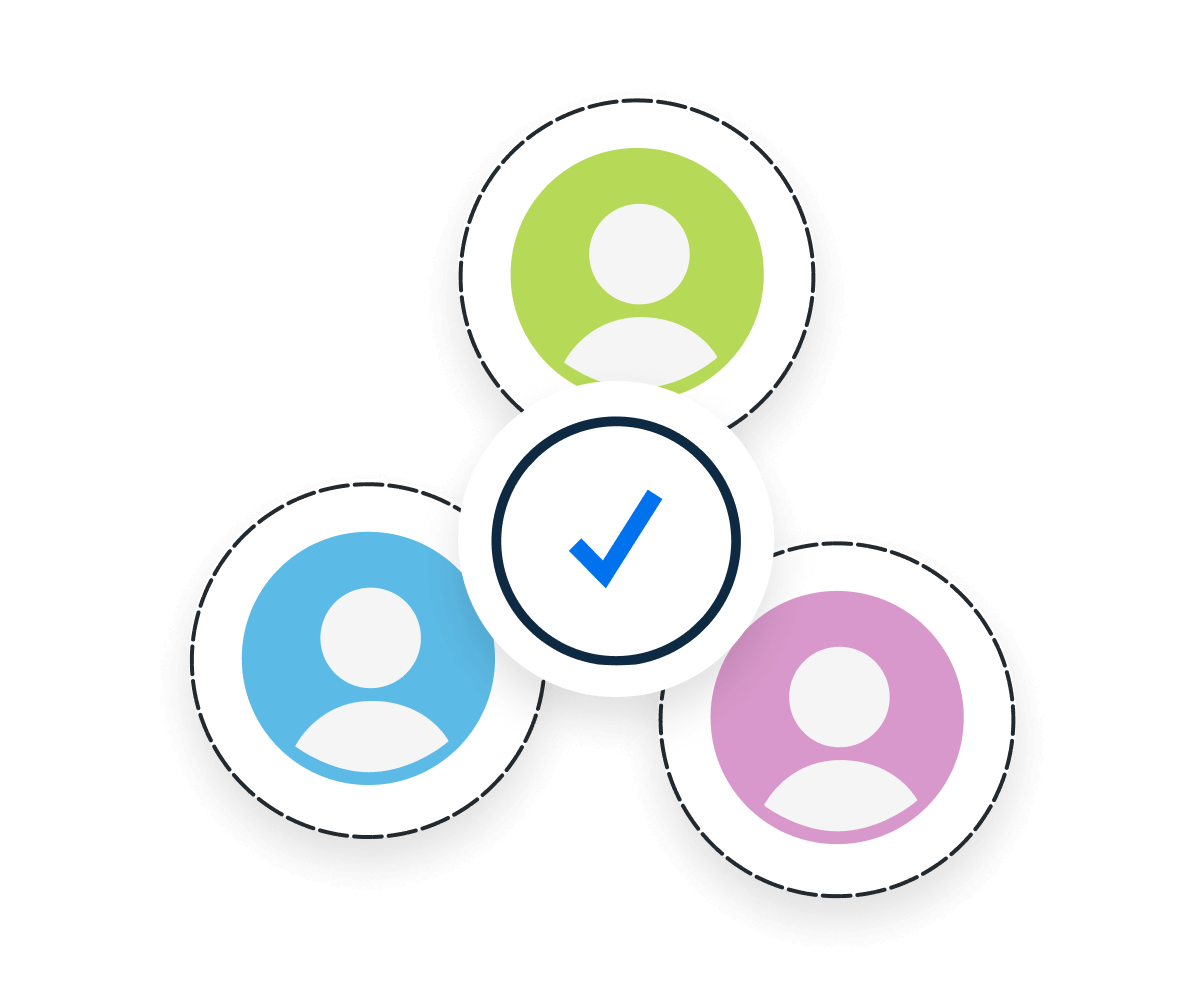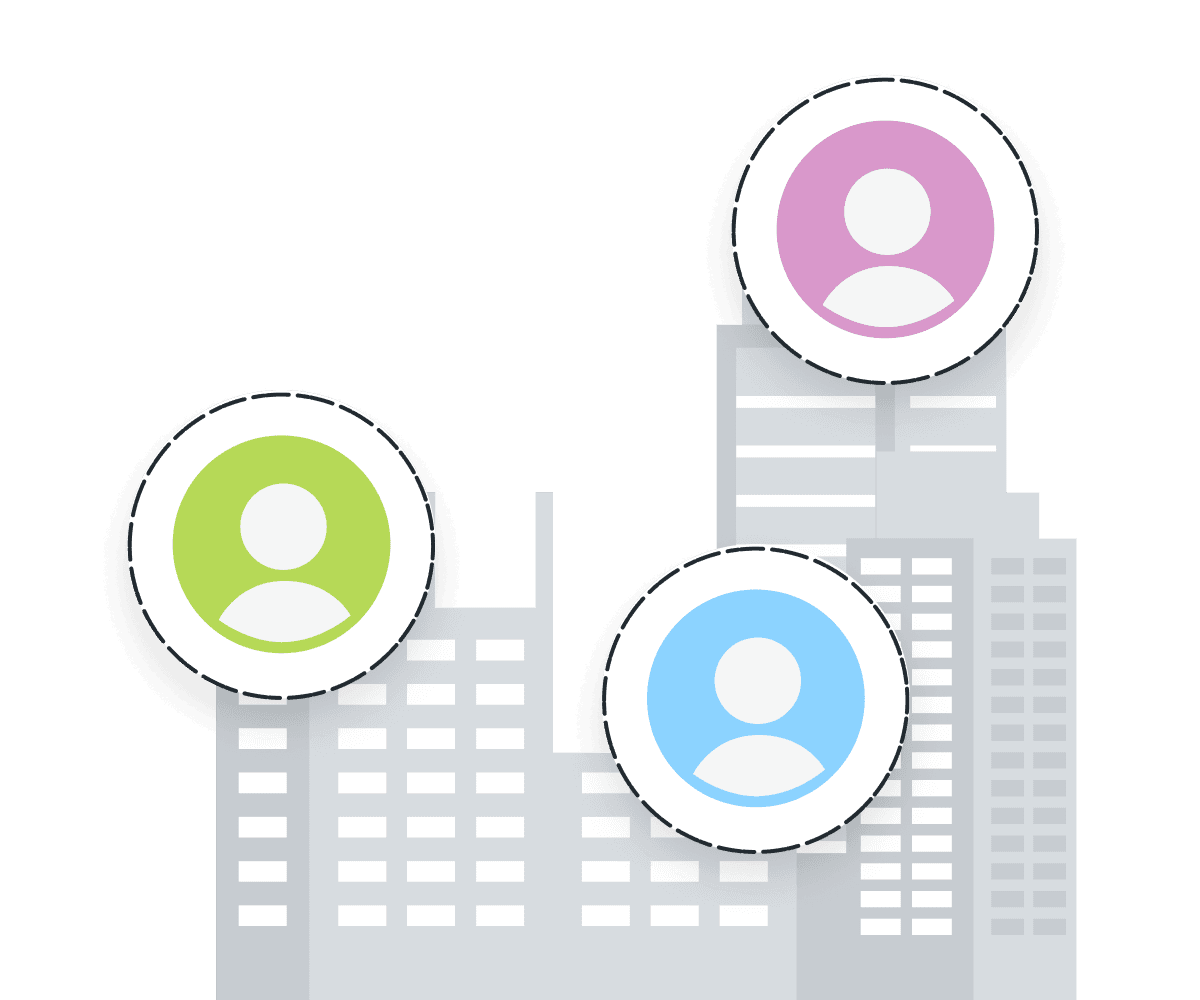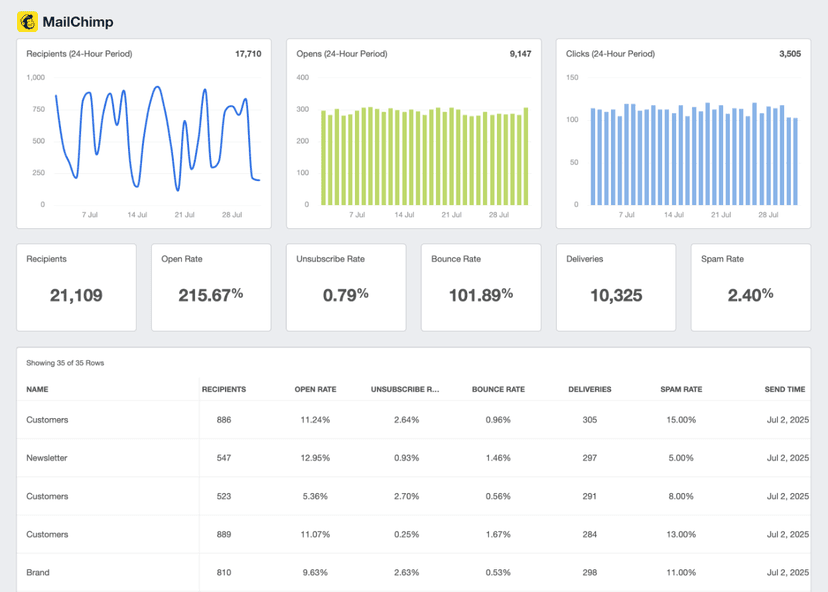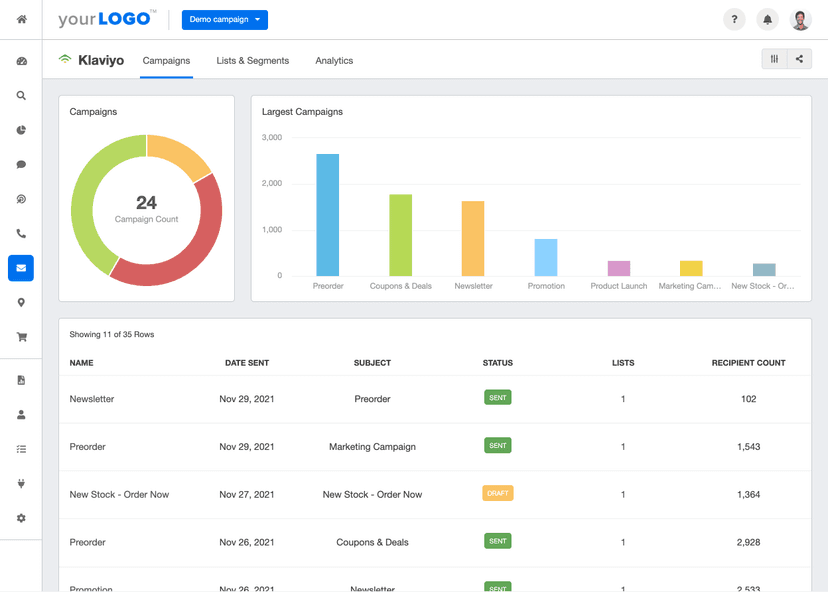Hard Bounce
Ensure Email Deliverability
Quickly remove hard-bounced emails to maintain list quality.
Enhance Deliverability Rates
Monitor hard email bounces to protect sender reputation.
Error Analysis
Investigate causes behind Hard and Soft Bounces, like spam filters.
Improve Campaign Performance
Removing inactive email leads to better engagement over time.
Why Hard Bounces Are Important
It’s important to understand why a Hard Bounce occurs and what prevents an email from reaching a recipient’s mailbox. It’s different from the Soft Bounce category, where there’s a temporary problem. When a Soft Bounce occurs, it could be that a recipient’s mailbox is full, or the result of a technical issue (such as an outage from the internet service provider).
On the other hand, a Hard Bounce signals a permanent issue (e.g., email campaigns were blocked by the recipient’s address or the email address is no longer valid). This may result in an error message following a failed email delivery. An outdated subscriber list commonly results in more bounced emails. By removing invalid addresses from email lists, marketers achieve a more accurate view of customer engagement.
Stop Wasting Time on Manual Reports... Get Email Insights Faster With AgencyAnalytics
How Hard Bounces Relate To Other KPIs
When there’s a rise in Hard Bounces, it often hints at outdated or poorly managed email lists. This scenario directly impacts KPIs such as Email Open Rate, Engagement Rate, Conversion Rate, and email deliverability.
For example, a high Hard Bounce rate may drag down engagement because fewer recipients are actually receiving emails. Similarly, Conversion Rates suffer if emails don’t reach potential customers in the first place.
Most importantly, a consistently high Hard Bounce rate might lead email providers to mark a sender's emails as spam. In turn, this significantly hurts email deliverability across all campaigns.
The content of email messages significantly influences whether an email bypasses spam filters and reaches the recipient's inbox. This includes keyword use, attachment size, and SPF authentication failures. Additionally, a list with too many inactive subscribers will increase Hard Bounce rates, which is another reason to clean a list regularly.
Bounce Rate is important to keep an eye on as it can lead to issues with delivered emails down the line. You always want to sanitize your email lists, remove fake email addresses, and make sure you aren’t getting a high bounce rate or spam complaint rate.
How To Calculate Hard Bounce Rate
Measuring Hard Bounces is straightforward–it involves keeping track of emails that are permanently rejected by recipients' servers. Then, this figure is divided by the total number of emails sent and expressed as a percentage. This email bounce metric is automatically calculated by email service providers, such as Brevo and Mailchimp.
Hard Bounce Rate Formula Example
What Is a Good Hard Bounce Rate?
A Hard Bounce rate below 2% is generally considered healthy. It indicates proper list hygiene, which is often the result of maintaining active subscriber lists.
To maintain this favorable rate, promptly remove invalid email addresses and acquire new contacts.
What Is a Bad Hard Bounce Rate?
When a Hard Bounce rate exceeds 2%, it's a red flag. It indicates potential issues with the email list's quality or the acquisition process.
A high number of hard-bounced emails have several adverse effects, including a compromised sender reputation with email service providers.
How To Set Hard Bounce Benchmarks and Goals
To set benchmarks for this metric, review past email campaign data to understand the average Hard Bounce rate.
Compare this with industry-specific benchmarks to contextualize performance. It's also beneficial to segment email lists and identify differences across groups.
Establish measurable targets, like improving delivery failure from 10% to 2%. Ensure that inactive emails are automatically removed and monitor the types of bounces each time an email is sent. Use this data to monitor long-term changes and whether further improvements are required.
Why Hard Bounces Matter to Clients
From a client's standpoint, Hard Bounces are more than a minor annoyance–they're missed opportunities for engagement and sales. Each Hard Bounce represents a potential customer who did not receive their message.
A high Hard Bounce rate may also indicate broader issues with mailing list quality or the email collection process. So, it’s a way to gauge the health of an email list, understand how it comes across to email servers, and make any necessary improvements.
Why Hard Bounces Matter to Agencies
For agencies, Hard Bounces are a direct reflection of their ability to manage and execute email marketing campaigns effectively.
A low Hard Bounce rate is a sign of a well-maintained email list and efficient campaign management. In turn, this maintains the agency’s reputation and shows their commitment to email best practices. It also signifies good data hygiene, which is essential for upholding a client’s reputation.
Automatically Pull Data From {{integration-count}}+ Marketing Platforms To Create Client Reports in Minutes.
Best Practices When Analyzing and Reporting on Hard Bounces
Hard Bounces are a way to understand what’s happening with a client’s email list. Here are a few reporting tips to provide more in-depth information and recommendations.
Ensure Data Accuracy
Use a reliable email service provider to track Hard Bounces and maintain the integrity of this data.
Analyze Over Time
Look for trends in email bounces, which may indicate a need for list maintenance or strategy adjustments.
Put in Context
Provide explanations for high Hard Bounce rates (like an outdated mailing list) and the long-term effects.
Align to Client Goals
Show how a reduction in Hard Bounces contributes to client goals (e.g., increased engagement or Conversions).
Visualize Performance
Use graphs, charts, and other visual aids to identify trends in Hard Bounce rates.
Include Actionable Recommendations
Provide clear, data-informed suggestions to improve Hard Bounce rates (e.g., adjusting content to avoid spam filters).
A great email marketing report is straight to the point, highlighting the key performance indicators for the analysis timeframe and providing actionable insights.
Brevo Dashboard Example
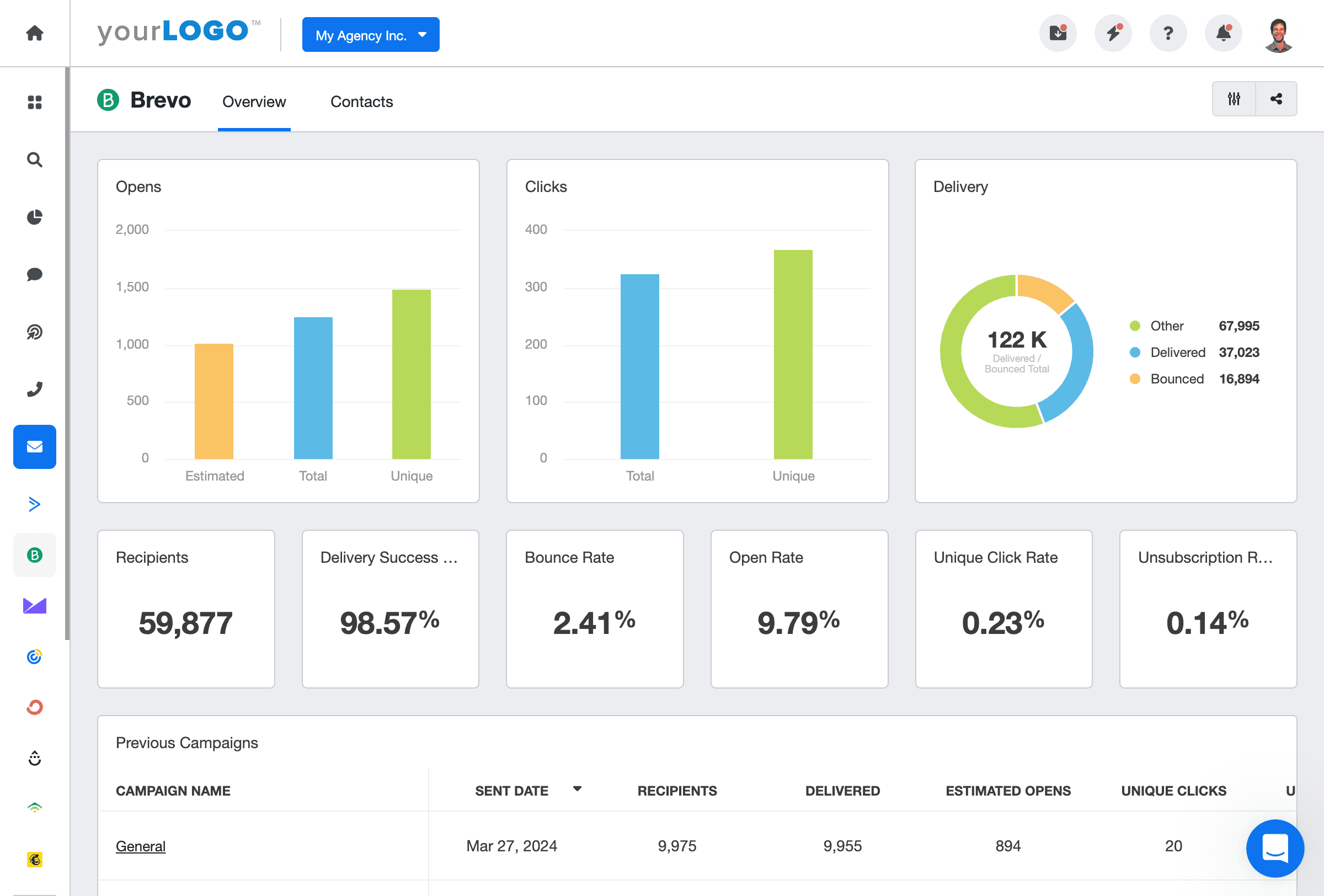
Related Integrations
How To Improve Hard Bounces
To improve the health of an email marketing subscriber list and reduce Hard Bounces, consider the following tips:
Clean Email Lists Regularly
Remove invalid email addresses to avoid a bounce message. Use email verification tools to do this automatically.
Implement Double Opt-In
This process requires new subscribers to confirm their email address is valid by clicking on a confirmation link.
Segment Email Lists
Use segmented groups to send targeted emails, increase engagement, and create more personalized content.
Related Blog Posts
See how 7,000+ marketing agencies help clients win
Free 14-day trial. No credit card required.
